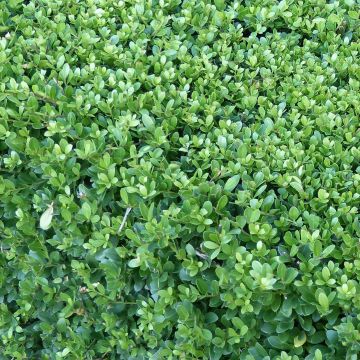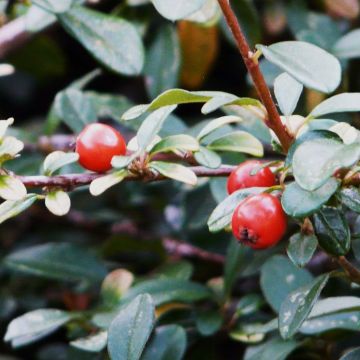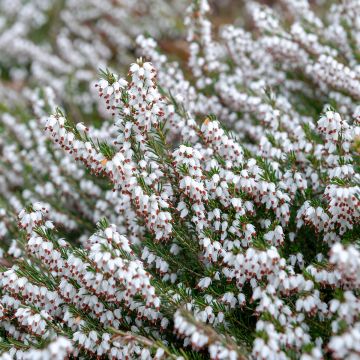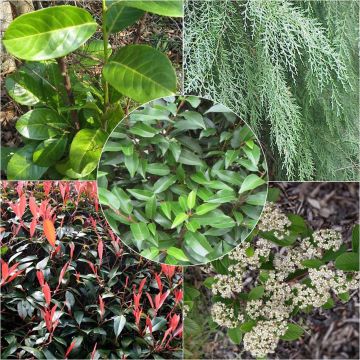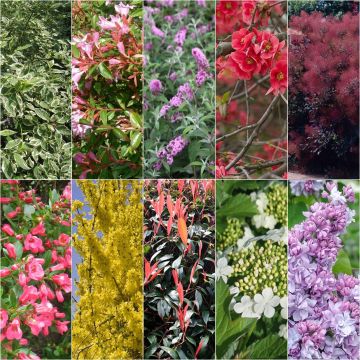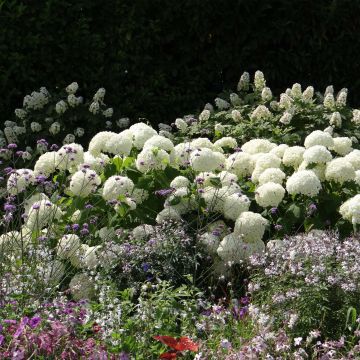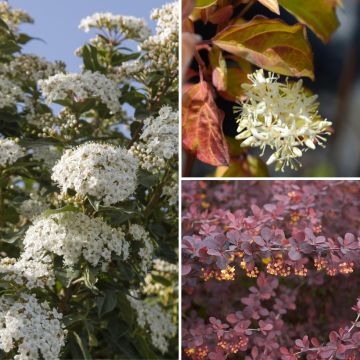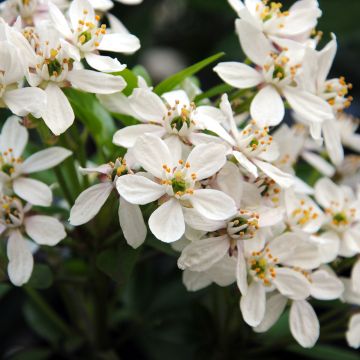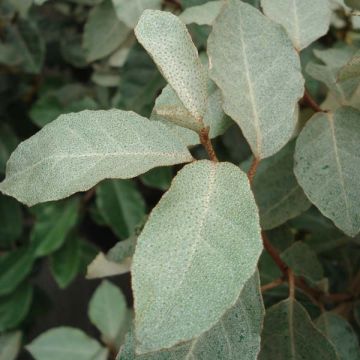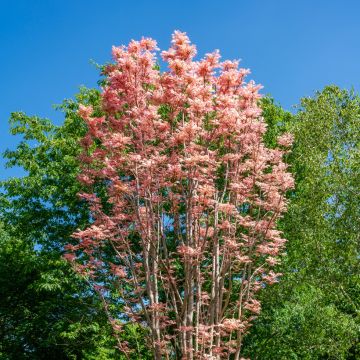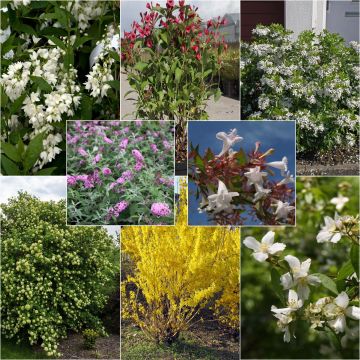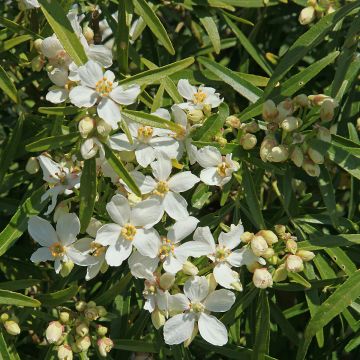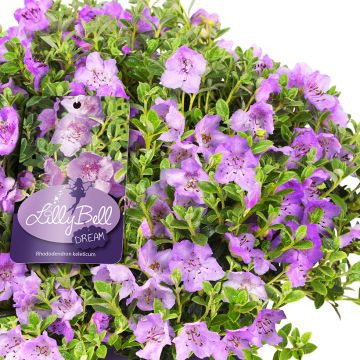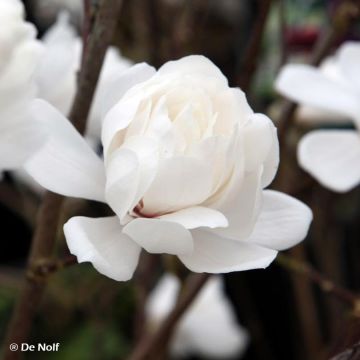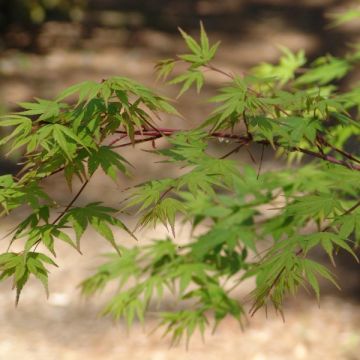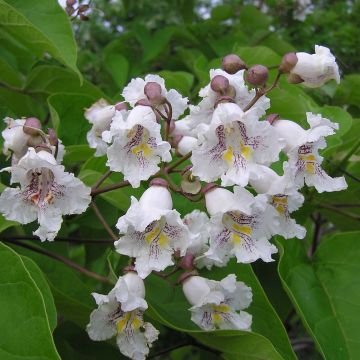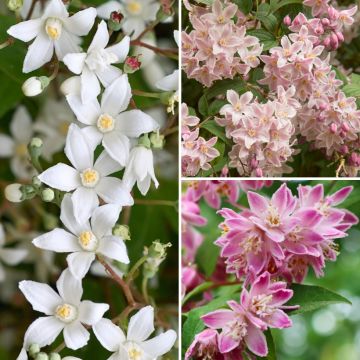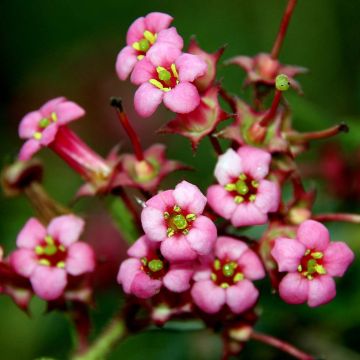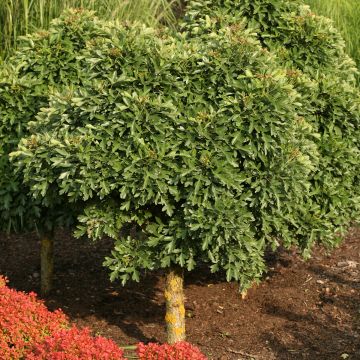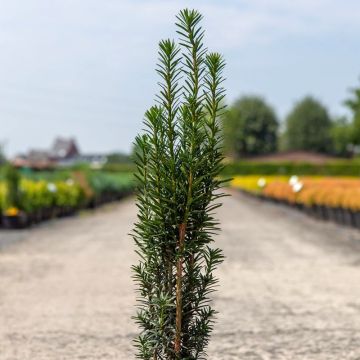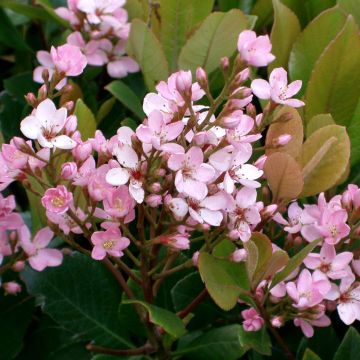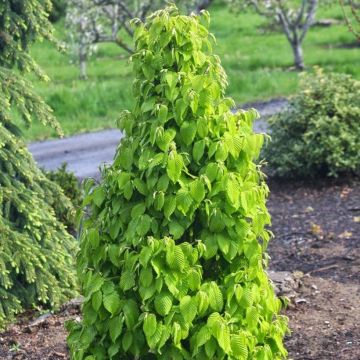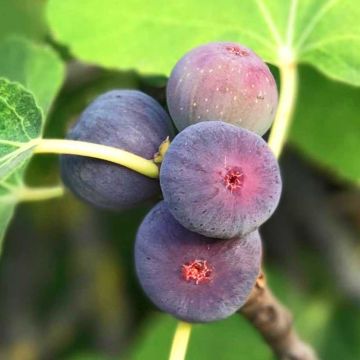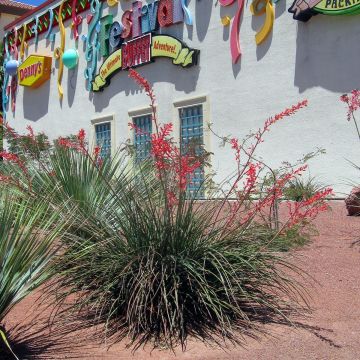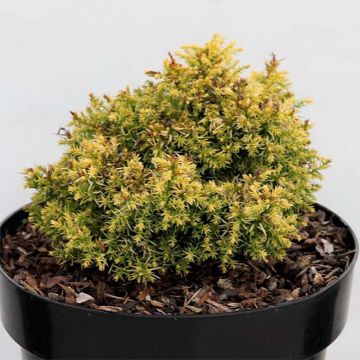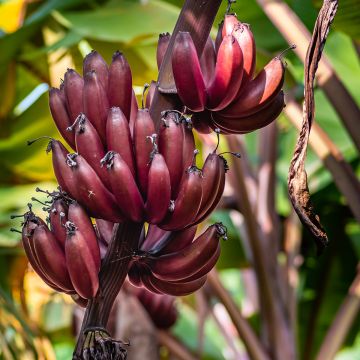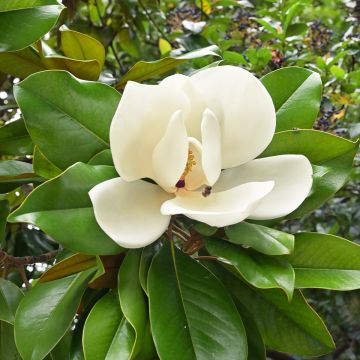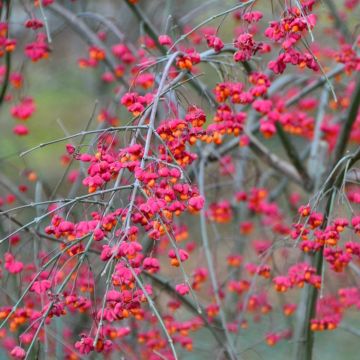Shipping country and language
Your country of residence may be:
Your country of residence is:
For a better user experience on our website, you can select:
Your shipping country:
Andorra
Austria
Belgium
Bulgaria
Canada
Chile
Croatia
Cyprus
Czechia
Denmark
Estonia
Finland
France
Germany
Greece
Hungary
Iceland
Ireland
Italy
Latvia
Lithuania
Luxembourg
Malta
Monaco
Netherlands
Poland
Portugal
Romania
Slovakia
Slovenia
Spain
Sweden
Switzerland
United Kingdom
We only deliver seed and bulb products to your country. If you add other products to your basket, they cannot be shipped.
Language:
French
German
Spanish
English
My Account
Hello
My wish lists
Plantfit
Log in / Register
Existing customer?
New customer?
Create an account to track your orders, access our customer service and, if you wish, make the most of our upcoming offers.


Acanthopanax henryi - Henry's Aralia
Acanthopanax henryi - Henry's Aralia
Acanthopanax henryi
Henry's Aralia
Why not try an alternative variety in stock?
View all →Order in the next for dispatch today!
Dispatch by letter from 3,90 €.
Delivery charge from 5,90 € Oversize package delivery charge from 6,90 €.
More information
This item is not available in your country.
Shipping country:
Andorra
Austria
Belgium
Bulgaria
Canada
Chile
Croatia
Cyprus
Czechia
Denmark
Estonia
Finland
France
Germany
Greece
Hungary
Iceland
Ireland
Italy
Latvia
Lithuania
Luxembourg
Malta
Monaco
Netherlands
Poland
Portugal
Romania
Slovakia
Slovenia
Spain
Sweden
Switzerland
United Kingdom
Schedule delivery date,
and select date in basket
This plant carries a 24 months recovery warranty
More information
We guarantee the quality of our plants for a full growing cycle, and will replace at our expense any plant that fails to recover under normal climatic and planting conditions.
Oversize package: home delivery by special carrier from 6,90 € per order.
Express home delivery from 8,90 €.
Would this plant suit my garden?
Set up your Plantfit profile →
Description
The Eleutherococcus henryi, formerly known as Acanthopanas henryi, is a Chinese relative of the Japanese Aralia that is still relatively unknown in Europe. Originating from central China, this botanical species used in Chinese medicine is a beautiful deciduous bush that is pleasant to look at, despite its strong thorns. Through its foliage, which consists of beautiful green palmate leaves, its decorative black fruiting that lasts until late autumn, and finally its natural vigor. It is perfect for adding a touch of exoticism to the garden, in a large shrub bed.
The Eleutherococcus henryi belongs to the Araliaceae family, just like ivy and tree angelica. This Chinese bush grows in fields, forests, along roadsides, and on mountain slopes in central China. It was introduced to England by Wilson for MM. Veitch in 1901 and first flowered at Coombe Wood four years later. Its great cold resistance, below -15°C, allows it to be cultivated without hesitation in many regions. It only fears dry or overly wet, poorly drained soils.
The Eleutherococcus henryi is a moderately fast-growing bush that will reach about 2m in all directions. Its overall habit is spreading, supported by sturdy, rough branches with a pale brown colour, equipped with bristles and armed with sharp, straight or slightly downward-curving thorns. The deciduous leaves appear in spring and fall in autumn. They are divided into 5 ovate leaflets, 3 to 8 cm long, with pointed ends and strongly toothed edges. They are rough on the upper side and more or less hairy underneath. Furthermore, they are bright green, turning yellow in autumn. Flowering occurs in August-September, more or less early depending on the climate, in the form of small cream-white flowers in spikes at the ends of the branches. After pollination by insects, small ovoid black fruits, shiny and gathered in clusters, about 5 cm in diameter, are formed, which are quite decorative.
This Eleutherococcus henryi is an interesting bush without being spectacular, despite its elegant foliage and long-lasting black fruiting. It can be planted on the edge of a grove, or in a bed with other shrubs. For example, mix it with other Aralias, botanical roses, white spiraeas, honeysuckle hedge (Lonicera xylosteum) or winter honeysuckle (Lonicera fragrantissima). It is suitable for a naturalistic or even exotic garden, and of course in the garden of a collector of rare species.
Plant habit
Flowering
Foliage
Botanical data
Acanthopanax
henryi
Araliaceae
Henry's Aralia
Eleutherococcus henryi
China
Other Shrubs A to Z
Planting and care
Eleutherococcus henryi can be grown in the ground in many regions, thanks to its hardiness. It can be planted in spring or autumn, in any garden soil that is not too dry but also not excessively moist. It can tolerate a small amount of limestone; this plant has few requirements when it comes to soil and exposure. However, waterlogged soils, dense shade, or overly hot conditions should be avoided. Choose a sunny or partially shaded location. It is important to protect the plant from strong or drying winds in order to preserve its ornamental foliage. You can prune this bush to encourage branching and to control its size. Pruning should be done in late winter.
Planting period
Intended location
Care
This item has not been reviewed yet - be the first to leave a review about it.
Striking foliage shrubs
Haven't found what you were looking for?
Hardiness is the lowest winter temperature a plant can endure without suffering serious damage or even dying. However, hardiness is affected by location (a sheltered area, such as a patio), protection (winter cover) and soil type (hardiness is improved by well-drained soil).

Photo Sharing Terms & Conditions
In order to encourage gardeners to interact and share their experiences, Promesse de fleurs offers various media enabling content to be uploaded onto its Site - in particular via the ‘Photo sharing’ module.
The User agrees to refrain from:
- Posting any content that is illegal, prejudicial, insulting, racist, inciteful to hatred, revisionist, contrary to public decency, that infringes on privacy or on the privacy rights of third parties, in particular the publicity rights of persons and goods, intellectual property rights, or the right to privacy.
- Submitting content on behalf of a third party;
- Impersonate the identity of a third party and/or publish any personal information about a third party;
In general, the User undertakes to refrain from any unethical behaviour.
All Content (in particular text, comments, files, images, photos, videos, creative works, etc.), which may be subject to property or intellectual property rights, image or other private rights, shall remain the property of the User, subject to the limited rights granted by the terms of the licence granted by Promesse de fleurs as stated below. Users are at liberty to publish or not to publish such Content on the Site, notably via the ‘Photo Sharing’ facility, and accept that this Content shall be made public and freely accessible, notably on the Internet.
Users further acknowledge, undertake to have ,and guarantee that they hold all necessary rights and permissions to publish such material on the Site, in particular with regard to the legislation in force pertaining to any privacy, property, intellectual property, image, or contractual rights, or rights of any other nature. By publishing such Content on the Site, Users acknowledge accepting full liability as publishers of the Content within the meaning of the law, and grant Promesse de fleurs, free of charge, an inclusive, worldwide licence for the said Content for the entire duration of its publication, including all reproduction, representation, up/downloading, displaying, performing, transmission, and storage rights.
Users also grant permission for their name to be linked to the Content and accept that this link may not always be made available.
By engaging in posting material, Users consent to their Content becoming automatically accessible on the Internet, in particular on other sites and/or blogs and/or web pages of the Promesse de fleurs site, including in particular social pages and the Promesse de fleurs catalogue.
Users may secure the removal of entrusted content free of charge by issuing a simple request via our contact form.
The flowering period indicated on our website applies to countries and regions located in USDA zone 8 (France, the United Kingdom, Ireland, the Netherlands, etc.)
It will vary according to where you live:
- In zones 9 to 10 (Italy, Spain, Greece, etc.), flowering will occur about 2 to 4 weeks earlier.
- In zones 6 to 7 (Germany, Poland, Slovenia, and lower mountainous regions), flowering will be delayed by 2 to 3 weeks.
- In zone 5 (Central Europe, Scandinavia), blooming will be delayed by 3 to 5 weeks.
In temperate climates, pruning of spring-flowering shrubs (forsythia, spireas, etc.) should be done just after flowering.
Pruning of summer-flowering shrubs (Indian Lilac, Perovskia, etc.) can be done in winter or spring.
In cold regions as well as with frost-sensitive plants, avoid pruning too early when severe frosts may still occur.
The planting period indicated on our website applies to countries and regions located in USDA zone 8 (France, United Kingdom, Ireland, Netherlands).
It will vary according to where you live:
- In Mediterranean zones (Marseille, Madrid, Milan, etc.), autumn and winter are the best planting periods.
- In continental zones (Strasbourg, Munich, Vienna, etc.), delay planting by 2 to 3 weeks in spring and bring it forward by 2 to 4 weeks in autumn.
- In mountainous regions (the Alps, Pyrenees, Carpathians, etc.), it is best to plant in late spring (May-June) or late summer (August-September).
The harvesting period indicated on our website applies to countries and regions in USDA zone 8 (France, England, Ireland, the Netherlands).
In colder areas (Scandinavia, Poland, Austria...) fruit and vegetable harvests are likely to be delayed by 3-4 weeks.
In warmer areas (Italy, Spain, Greece, etc.), harvesting will probably take place earlier, depending on weather conditions.
The sowing periods indicated on our website apply to countries and regions within USDA Zone 8 (France, UK, Ireland, Netherlands).
In colder areas (Scandinavia, Poland, Austria...), delay any outdoor sowing by 3-4 weeks, or sow under glass.
In warmer climes (Italy, Spain, Greece, etc.), bring outdoor sowing forward by a few weeks.
